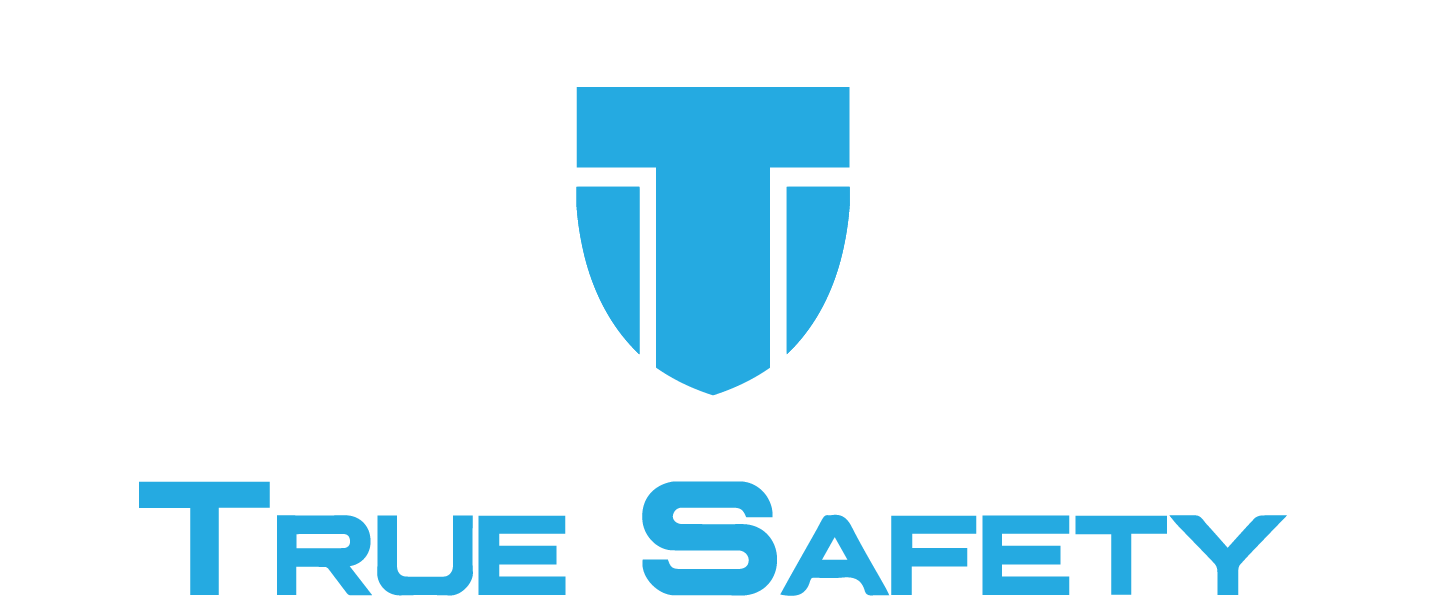What makes a good trainer? More importantly, what makes an excellent trainer?
There’s a wonderful trend in safety leadership related to transferring the ownership of safety from trainers to workers.
But Here are some of my ideas about what distinguishes an average trainer to a phenomenal trainer.
Excellent trainers know that some problems can’t be resolved in class. They know that sometimes they just have to get out into the field, climb down into trenches, get dirty, etc.
Excellent trainers embrace technology. They’re curious and knowledgeable about new safety technology (360 degree video cameras, 3D mapping, smart personal protective equipment, etc.).
Excellent trainers establish personal connections with their students/workers. They don’t treat people like numbers.
Excellent trainers are flexible and quick on their feet. They creatively customize their approaches according to their audience.
My friend John Dunsmoor has some strong opinions about what characteristics and behaviors make safety trainers first-rate. John is the Director of Business Innovation at Red Rocks Community College (RCCC) in Colorado. We recently talked about the future of training for my podcast. https://youtu.be/kZFNCE40CHM
In that episode, John and I discuss:
How training is always transforming.
The benefits of viewing safety trainers as leaders who are encouraging people to be more productive and to decrease their exposure to risk and hazards.
Passing the ownership of safety to every single level of a company.
The advantages that come with being able to have a 360 degree view of a trenching site, viewed via your phone.
Years ago, the technology used to create 360 degree views of work sites could cost as much as $10,000. Nowadays, it costs around $200. Even small companies can afford this technology.
How workers themselves (not just safety trainers) are responsible for the safety of other workers.
The gamification of training.
Embracing technology in the training classroom.
If safety leaders don’t get ahead of the safety curve, we’ll be left behind.
Safety can change your company but you may have to work on changing the culture of your company first before seeing that happen. If you want help knowing the best ways to improve the quality of your safety program, we’d love to talk with you. You can schedule a call with our team by clicking here.
True Safety Services is a safety training and consulting company based in Greeley, Colorado. The True Safety team has worked with oil and gas, construction, and a variety of other companies around the US and have helped them to improve their safety programs through world-class virtual safety training as well as helping safety managers and owners improve their safety programs through hands-on solutions and consulting.
To schedule a no-pressure meeting with the True Safety team to learn how you can get less incidents through a more engaged safety program, call us at 970-939-6436.

